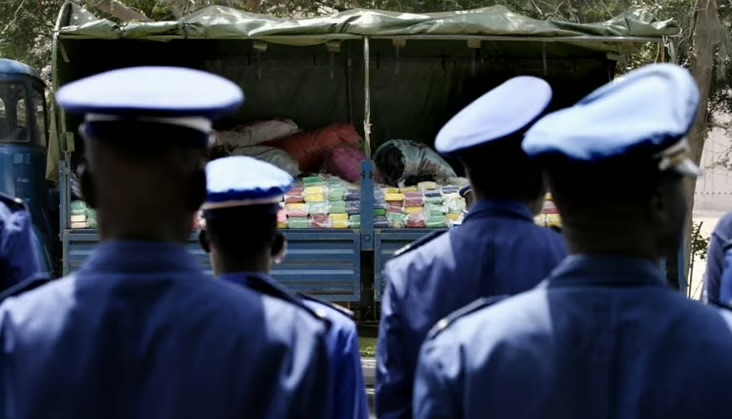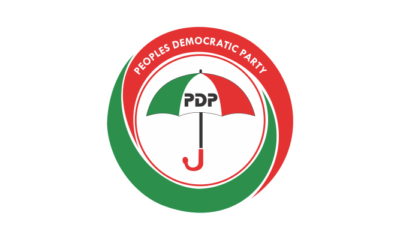Roughly a third of the cocaine consumed in Europe is thought to transit through West Africa, where Balkan crime syndicates have embedded themselves in the region’s maritime trade. Exploiting weak controls, they move shipments from Latin America to Europe – Bogotá to Paris or London, by way of Dakar or Abidjan.
“Groups from the Western Balkans now purchase consignments directly from Brazil’s most powerful trafficking alliance, the Primeiro Comando da Capital (PCC), before managing logistics in West Africa,” explains Lucia Bird Ruiz, co-author of a recent report by the Global Initiative Against Transnational Organised Crime (GI-TOC).

According to the report, much of the cocaine – sometimes entire multi-tonne loads – reaches West African shores in ways other than by container, such as being concealed in ship hulls.
Motorboats and trawlers provide the final leg of delivery, ensuring discretion for these Serbian- and Albanian-speaking outfits concentrated in the Gulf of Guinea.
Fixers and graft
Once ashore, they rely on trusted intermediaries to manage storage and repackaging, often behind the façade of front companies.
“These groups exploit local vulnerabilities to forge relationships with law enforcement, port operators and compromised security services,” notes the report, entitled ‘Under the Radar: The Western Balkans’ Cocaine Trade in West Africa’.
“The use of intermediaries is a defining feature,” adds Sasa Djordjevic, a senior analyst at GI-TOC. “They provide flexibility, local access and increasingly serve as points of convergence between groups.”
A third of Europe’s cocaine moved via West Africa
West Africa has long served as a corridor for narcotics. Evidence suggests that since 2019, the region has become central to the global cocaine economy.
The reasons are clear:
- Tighter controls on direct routes between Latin America and Europe
- Alliances with powerful Latin American syndicates
- Soaring coca production
- Rising European demand
Nearly 30% of Europe’s cocaine is now thought to transit West Africa. By 2030 that figure may reach 50%, according to projections.
Shipments received off major West African ports are often stored in warehouses alongside consignments managed by Italy’s Calabrian mafia, the ‘Ndrangheta.
From there the drug is dispatched to Europe’s big gateways, such as Antwerp, either in containers or via high-speed launches.
Stopovers in Cabo Verde or the Canary Islands are common, their geography making them prime staging points.

Rival clans
Two slavophone clans dominate this market: the Montenegrin Kavač group, entrenched in Sierra Leone, and its arch-rival, the Škaljari clan.
Albanian-speaking networks, meanwhile, connect Senegal and The Gambia with the Canary Islands, often working hand-in-glove with the PCC and the ‘Ndrangheta.
Groups from the Western Balkans now purchase consignments directly from Brazil’s most powerful trafficking alliance, the Primeiro Comando da Capital (PCC), before managing logistics in West Africa
All benefit from the region’s expanding portinfrastructure and the exponential growth in cargo volumes, which local authorities lack the means to monitor.




















